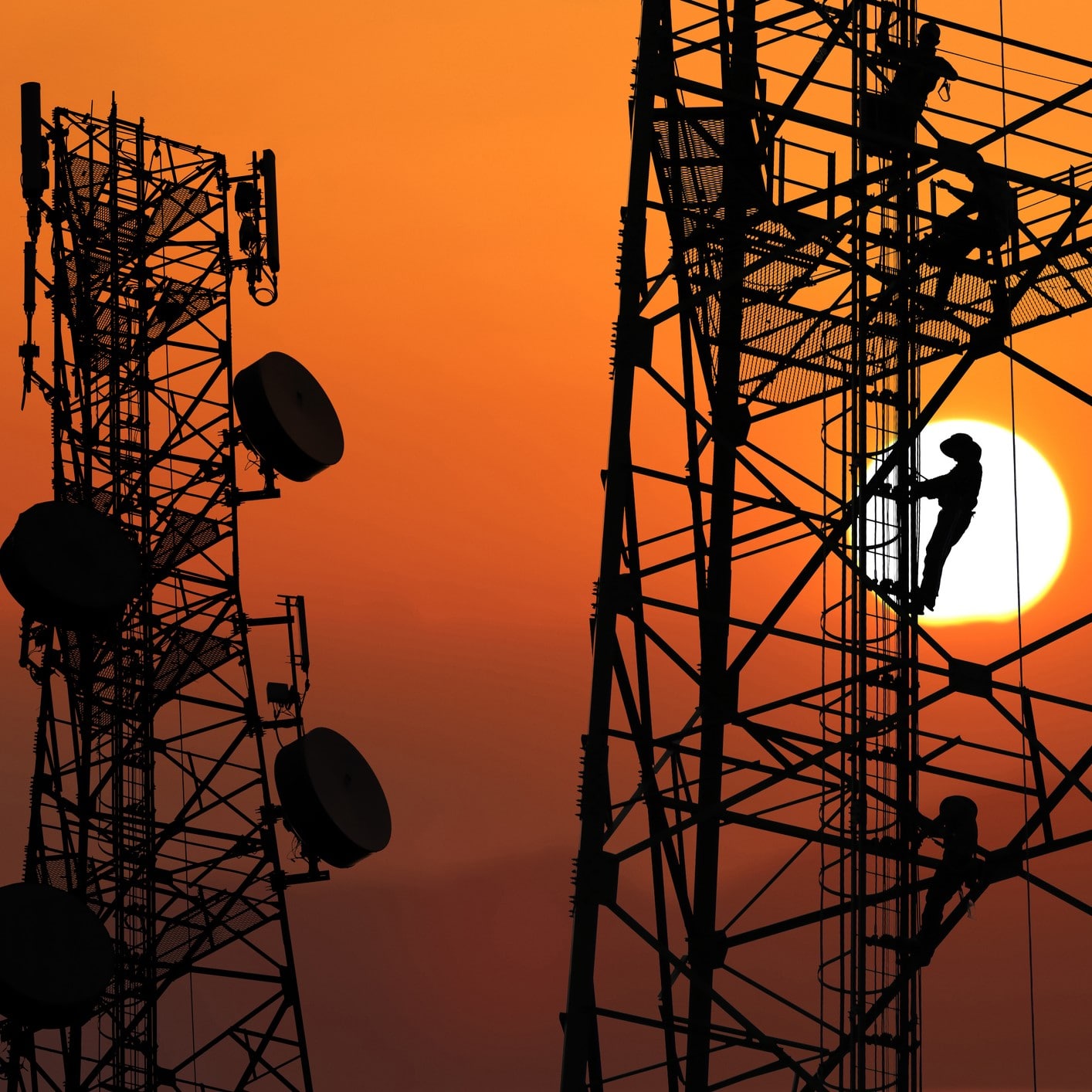What’s next on the proposed rule change that would allow two-way transmissions in the 12 GHz band? Advocates and opponents discussed the issue on a Broadband Breakfast webcast yesterday.
At stake is an impressive 500 MHz of spectrum that advocates say is well suited to support mobile 5G services and, according to the advocates, can coexist with existing one-way services in the band, including satellite services—both direct broadcast satellite (DBS) and non-geostationary orbit (NGSO) satellites.
The ball is now in the FCC’s court, as the commission has completed a comments process and now must approve or disapprove the rule change.
“I think the rules will be updated,” said Jeffrey Blum, executive vice president of external and legislative affairs for Dish, a holder of spectrum in the band that favors the rule change. “It’s too much spectrum to not allow flexible use.”
Dish has committed to building a nationwide 5G network and would like to use the spectrum to support that network, while continuing to use it for the company’s traditional DBS business.
RS Access, another 12 GHz license holder that favors the rule change, filed a study with the FCC prepared by RKF Engineering that found that the rule change would not adversely impact incumbent users.
RKF Engineering was “most qualified” to do the study and is well respected, said V. Noah Campbell, co-founder and CEO of RS Access, which uses the spectrum for fixed wireless but would be able to generate more revenue from it if the rules were changed.
“We were disappointed that our opponents didn’t hire any experts,” commented Blum.
Opponents’ View
Representing those opponents on the webcast was Eric Graham, Director of Government and Regulatory Engagement for North America for OneWeb, which is in the process of deploying a 254-satellite NGSO network designed to provide worldwide internet connectivity.
“Incumbents don’t carry a burden of what can and can’t co-exist,” said Graham.
Nevertheless, he questioned some of the RKF findings. He argued that the rule change could be implemented without harm to existing operations if NGSOs were limited in where they could deploy satellites. But while some have argued that NGSOs will primarily target rural areas, Graham said, “It’s incorrect to say we don’t plan to serve urban areas.”
He noted, for example, that the company sees demand from any entity that wants a single nationwide provider.
“We can be that provider,” he said.
The FCC is supposed to base its decisions about spectrum licenses on what is in the public interest, Graham noted. What better use of spectrum could there be than providing a network that covers the whole U.S.? he asked.
Blum argued that enabling the spectrum to be used for 5G would put the U.S. in a more competitive position globally. The 12 GHz band, he said, is unique in that it could be quickly put to use.
What Will the FCC Do?
FCC officials often talk about the commission’s goal of making more spectrum available for communications services, and the commission increasingly has focused on spectrum sharing as a means of meeting that goal.
According to Blum, the FCC may explore a variety of options, such as beamforming or power level limits, with the goal of enabling spectrum sharing in the 12 GHz band.
“It’s not just about saying ‘no,’” said Blum. “It’s about trying to get to ‘yes’.”
Clearly the FCC faces a big decision on this and it’s a topic on which Telecompetitor will continue to focus as the commission weighs the options.
A replay of the webcast is available at this link.


